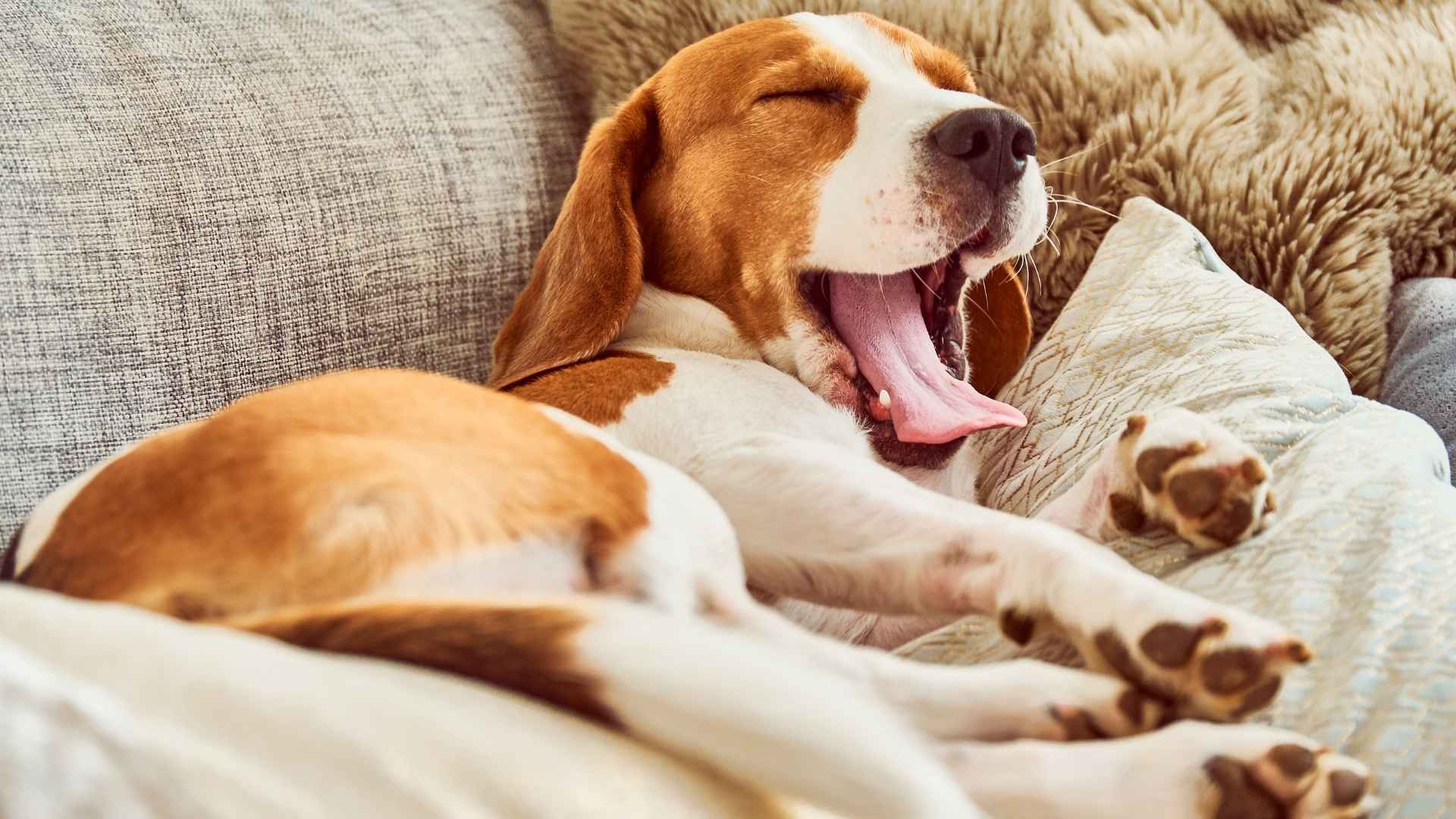Yawning is one of those small, fascinating behaviors we often overlook—until your dog does it right after you. Suddenly, you wonder: Did my dog just “catch” my yawn? Scientists have long been intrigued by this phenomenon, known as contagious yawning, and in dogs, it may reveal more than simple mimicry. It hints at emotional connection, empathy, and the depth of the bond between humans and their canine companions.
While dogs yawn for many reasons—tiredness, stress relief, or to calm themselves—some breeds are more likely to “mirror” their owners’ yawns. This isn’t just adorable; research suggests it might show how attuned they are to your emotions and routines. These yawns could be subtle signs of trust and shared social cues, the kind we usually associate with close human relationships.
From playful companions to gentle guardians, certain dog breeds seem almost wired to sync with their humans’ moods—even in something as simple as a yawn. In this article, we’ll explore the breeds most likely to join you in a synchronized yawn, and why this quirky habit says so much about the connection you share.
Dog Breeds That Yawn When Owners Yawn Too
1. Border Collie
The Border Collie, sometimes called the Border, Welsh Sheepdog, or Scotch Collie, is renowned as the “Einstein” of dogs. Originating along the England–Scotland border nearly 300 years ago, this herding breed blends Roman and Viking sheepdog ancestry.
Standing 18–22 inches tall and weighing 30–55 pounds, Border Collies are lean, athletic, and famously energetic. Their double coats come in classic black-and-white, tricolor, or even merle patterns. The AKC states that these lively dogs are happy to relax for cuddle time once the workday ends.
Known for excelling in herding trials, agility courses, and obedience competitions, they’ve earned global recognition for both brains and work ethic, often shadowing their owners’ every move with uncanny intuition. They typically live 12–15 years, thriving in environments where their mental and physical energy can be fully engaged.
Ideal Owner
Border Collies are best matched with highly active, experienced dog owners who understand the demands of such an intelligent breed. They crave jobs to do—whether herding, running agility drills, or simply learning new tricks—and without enough exercise and stimulation, they can grow restless.
A Border Collie flourishes with someone who enjoys outdoor adventures and can commit to daily training sessions, ensuring both mind and body stay sharp.
Fun fact: Border Collies have set world records, including one for the fastest 100-meter skateboard ride by a dog—under 20 seconds!
2. Labrador Retriever
The Labrador Retriever, or simply “Lab,” hails from Newfoundland and later gained fame in England as an exceptional gundog. With a dense water-resistant coat in black, chocolate, or yellow, and a thick “otter” tail that aids in swimming, this breed embodies both utility and charm.
Standing 21.5–24.5 inches tall and weighing 55–80 pounds, Labs thrive in roles ranging from family companions to therapy and search-and-rescue dogs.
PetMD says that they feature a broad skull and nose, a deep chest, and a well-muscled body. Their joyful energy and adaptability make them equally at home on a hiking trail or lounging through a quiet evening.
Ideal Owner
A Labrador’s ideal companion is someone who enjoys being active but also values downtime. These dogs flourish with owners who provide mental stimulation, consistent positive reinforcement, and time for adventures—be it swimming, running, or retrieving games.
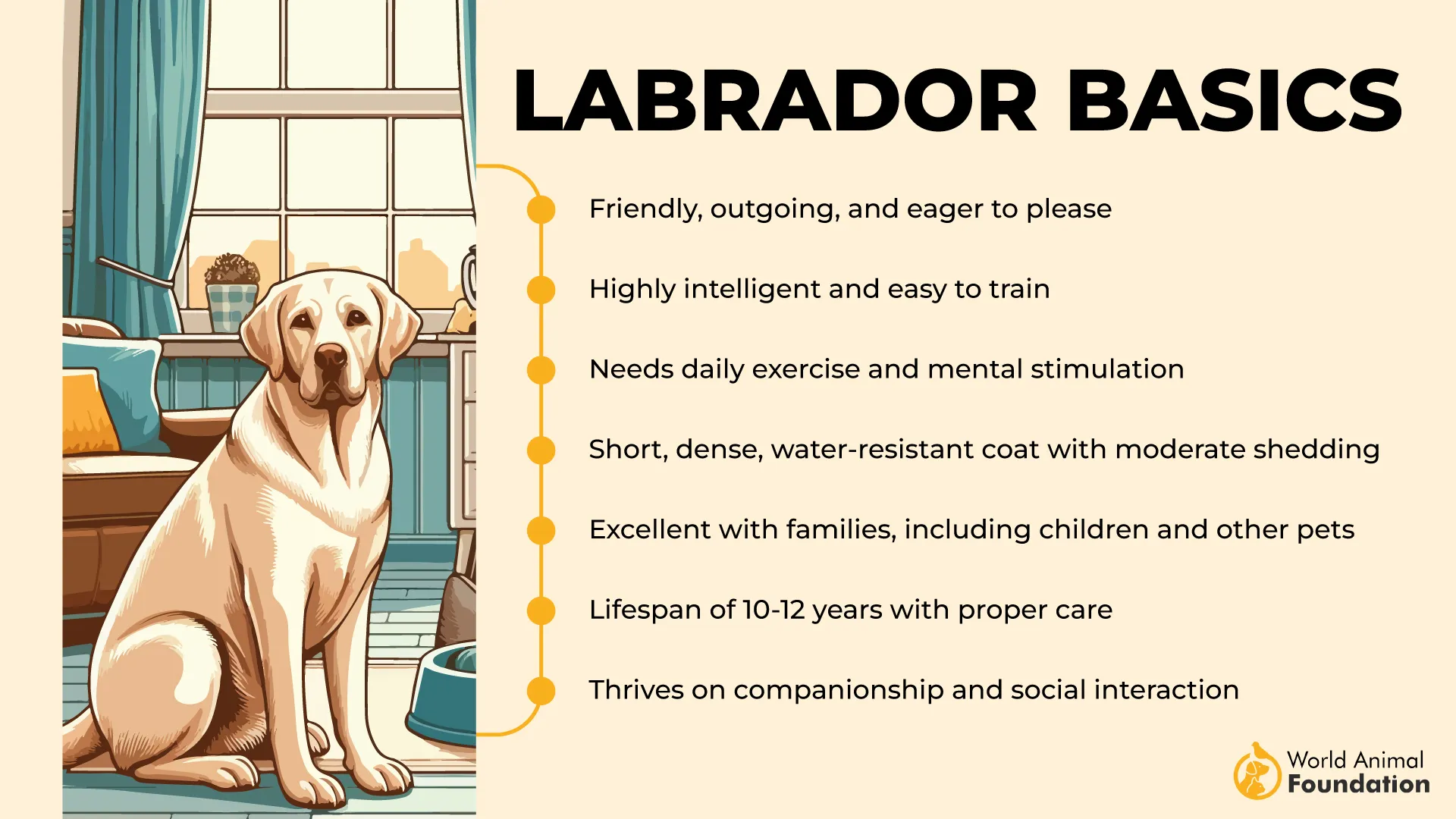
Families, singles, or seniors who crave a loyal, intuitive friend will find a perfect match in a Lab’s eager-to-please nature.
Fun fact: A yellow service Lab named Endal famously saved his disabled owner’s life in 2001 by covering him with a blanket, fetching his phone, and even going for help, earning him the title “Dog of the Millennium.”
3. Golden Retriever
The Golden Retriever, also affectionately called the Golden, hails from 19th-century Scotland, where it was bred as a skilled gundog and water retriever. They are known for their lustrous golden coat, which ranges from pale cream to rich amber.
With a lifespan of 10–12 years, Goldens are celebrated for their friendly temperament, intelligence, and adaptability—traits that have made them beloved family pets and trusted service dogs. WebMD says that males typically grow to 23 to 24 inches tall at the shoulder and generally weigh between 67 and 75 pounds.
Their expressive nature and keen ability to mirror human emotions explain why many Goldens yawn right after their owners do.
Ideal Owner
The ideal Golden Retriever owner is someone active and affectionate, with time to provide ample exercise and mental engagement. Families, singles, or retirees who enjoy outdoor activities and want an intuitive companion will find a perfect match in this breed.
Their social nature means they thrive on inclusion—they’re happiest when sharing daily routines, whether that’s jogging in the park or lounging by the couch.
Did you know? Every Golden Retriever can trace its lineage back to a single litter born in 1868 at Guisachan House in Scotland.
4. Poodle
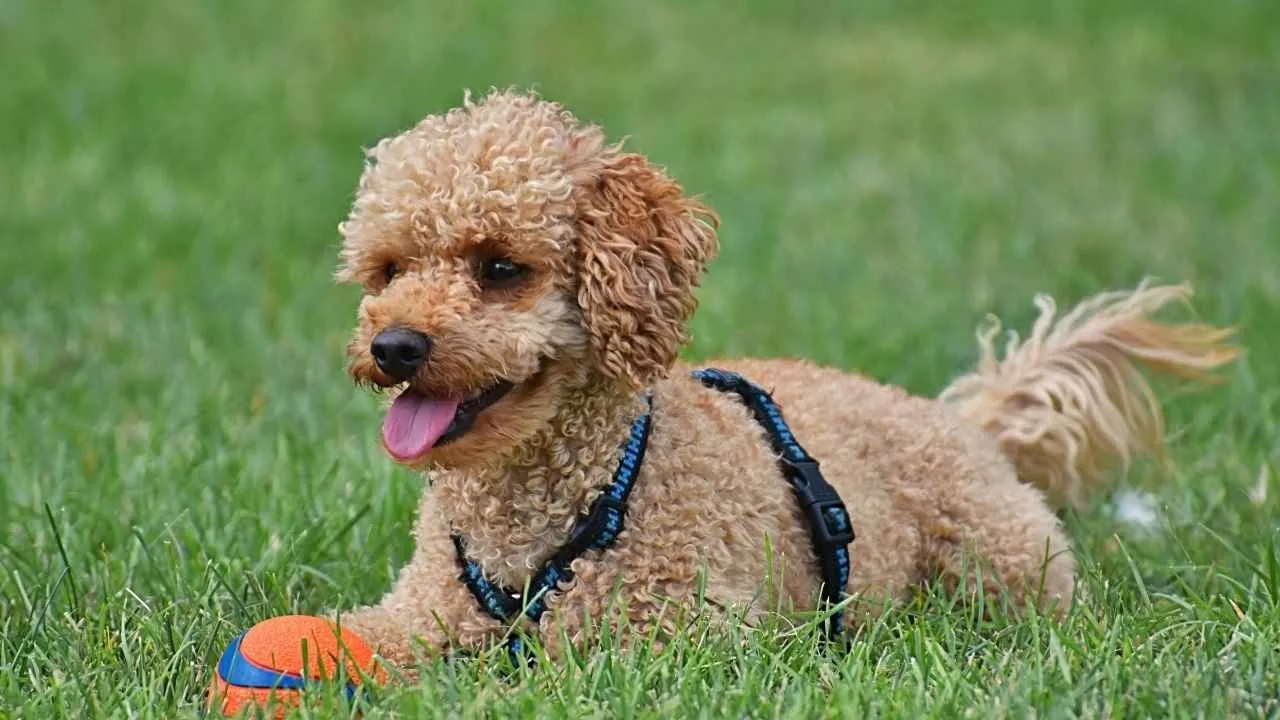
The Poodle—known as Pudel in Germany and Caniche (“duck dog”) in France—stands out as one of the most intelligent and elegant breeds. Originating in Germany as a water retriever, the breed later rose to fame in France, where its iconic clipped coat first served a practical purpose: keeping vital areas warm while streamlining its swimming.
Poodles come in three sizes—Standard (over 15 inches), Miniature (10–15 inches), and Toy (under 10 inches)—and weigh anywhere from 7 to 70 pounds. They typically live 10 to 18 years and are celebrated for their long, straight muzzles, pompom tails, and springy, proud gait.
Ideal Owner
Poodles thrive with owners who value both mental stimulation and companionship. Highly trainable and eager to please, they’re perfect for individuals or families who enjoy interactive play, teaching tricks, and engaging in daily exercise.
Their keen intelligence makes them quick to learn household routines, and they suit people who appreciate a tidy, affectionate dog that bonds deeply with its humans.
Fun Fact: Despite their French reputation, Poodles actually trace their roots to medieval Germany—their name comes from pudelin, meaning “to splash.”
5. Boxer
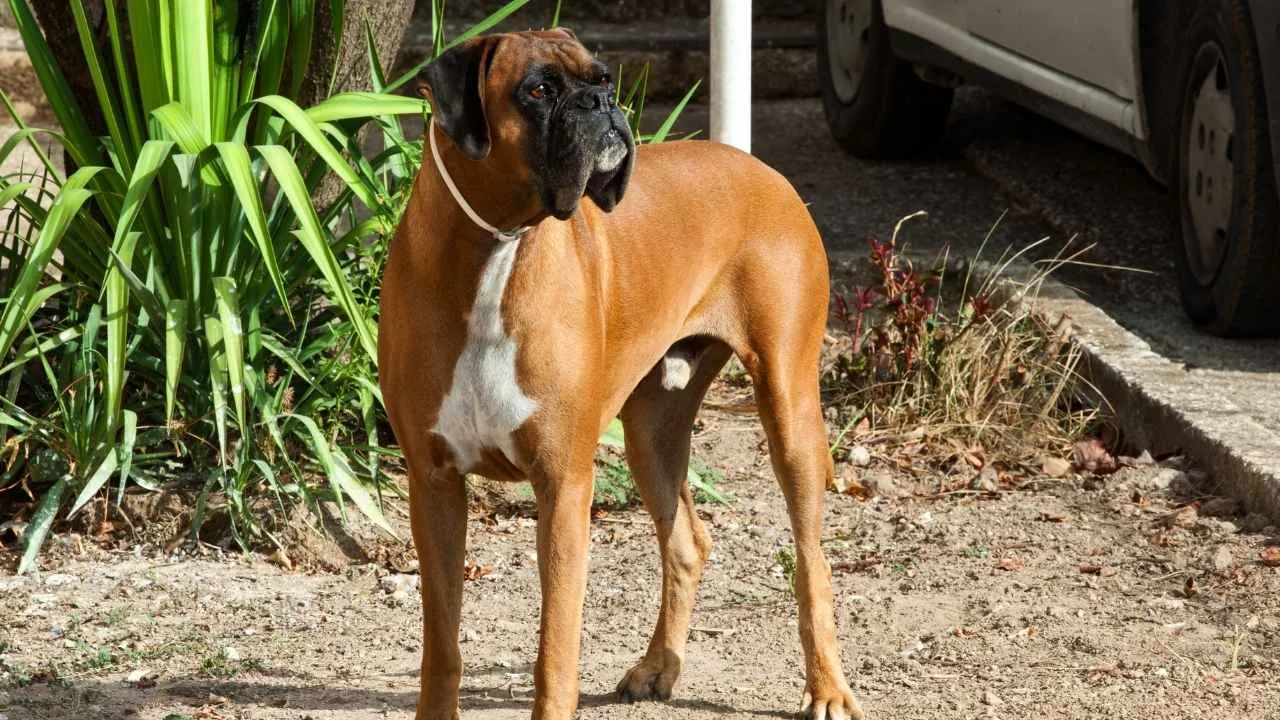
Boxers, also known as Deutscher Boxers, are muscular, squarely built dogs with a short, smooth coat in shades of fawn, brindle, or white. Originating in Germany from Bulldog and Great Dane stock, they were once used to hunt big game and later served as fearless police and working dogs.
Standing 21 to 25 inches tall and weighing 50 to 80 pounds, Boxers combine an imposing presence with playful charm, highlighted by their black-masked face, expressive eyes, and famously “wiggly butt.”
Despite their powerful frame, they have a life span of 10 to 12 years and are known for their boundless affection and clownish personality.
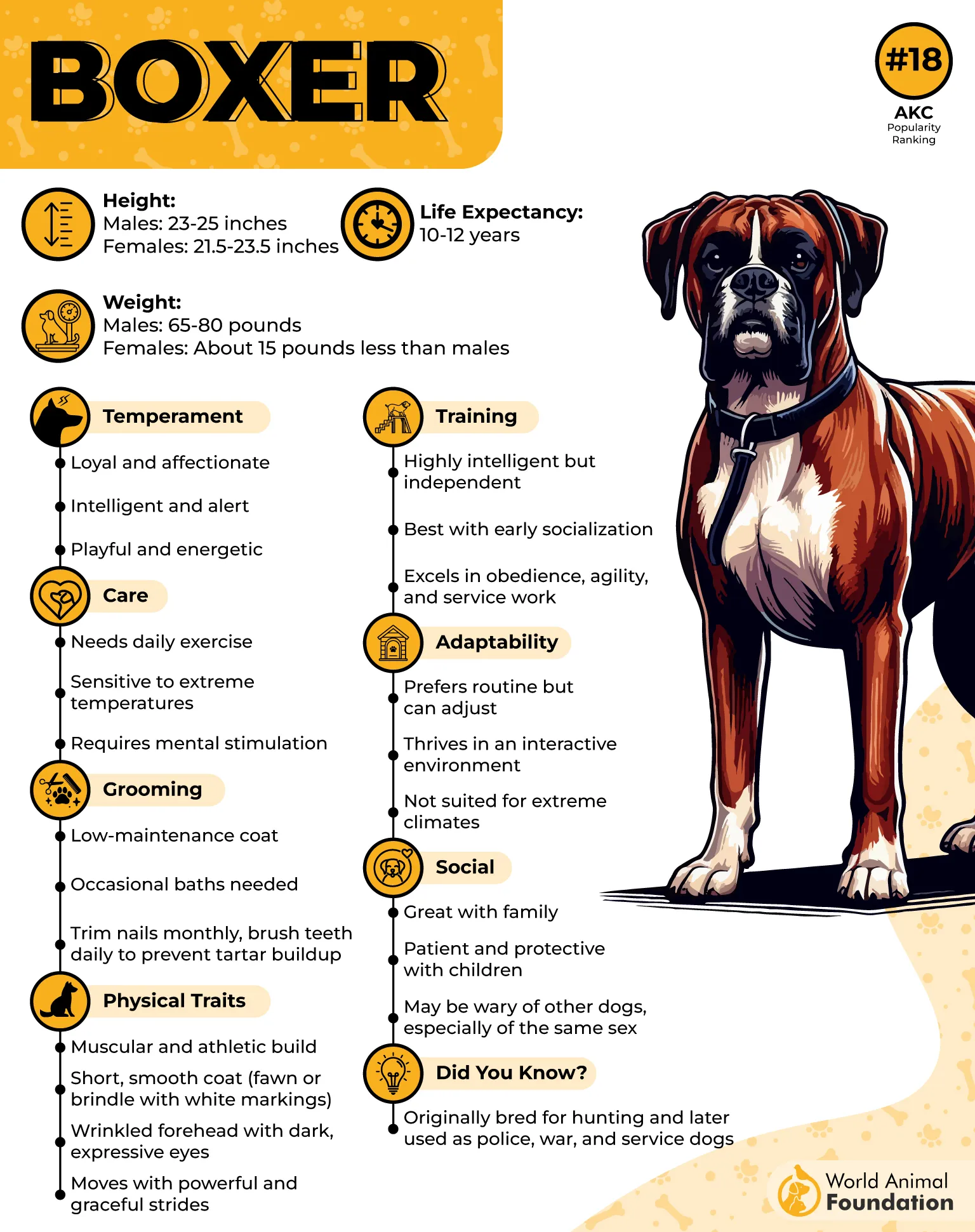
Ideal Owner
Boxers thrive with people who embrace their spirited nature and have the time to channel their high energy into training, play, and daily exercise. They bond deeply with their families—especially children—and flourish in homes where their goofy antics are welcomed rather than restrained.
An ideal owner appreciates a dog that mirrors moods, happily lounging during downtime but springing into action when it’s time for fun.
Did you know? Humphrey Bogart and Lauren Bacall adored Boxers so much that they received one named Harvey as a wedding gift in 1945.
6. Cavalier King Charles Spaniel
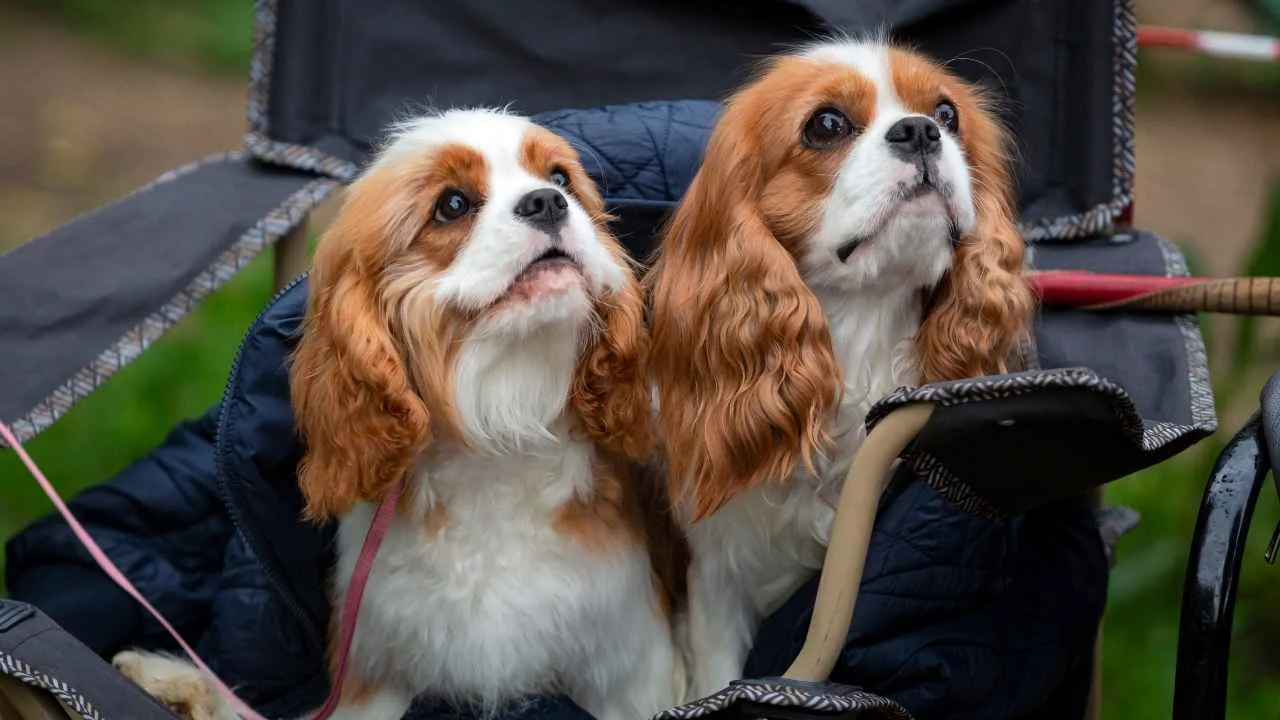
The Cavalier King Charles Spaniel—fondly called “Cavaliers,” “Charlies,” or “Cavies”—is a charming toy breed with roots in England, tracing back to the early 1900s. Descended from the English Toy Spaniel, these dogs were bred to recapture the longer-muzzled look beloved by King Charles II himself.
Standing 12 to 13 inches tall and weighing 13 to 18 pounds, Cavaliers are distinguished by their silky coats, feathered ears, and four signature colors: Blenheim, tricolor, ruby, and black-and-tan. They’re affectionate, graceful companions that thrive in the Toy Group, living 12 to 14 years.
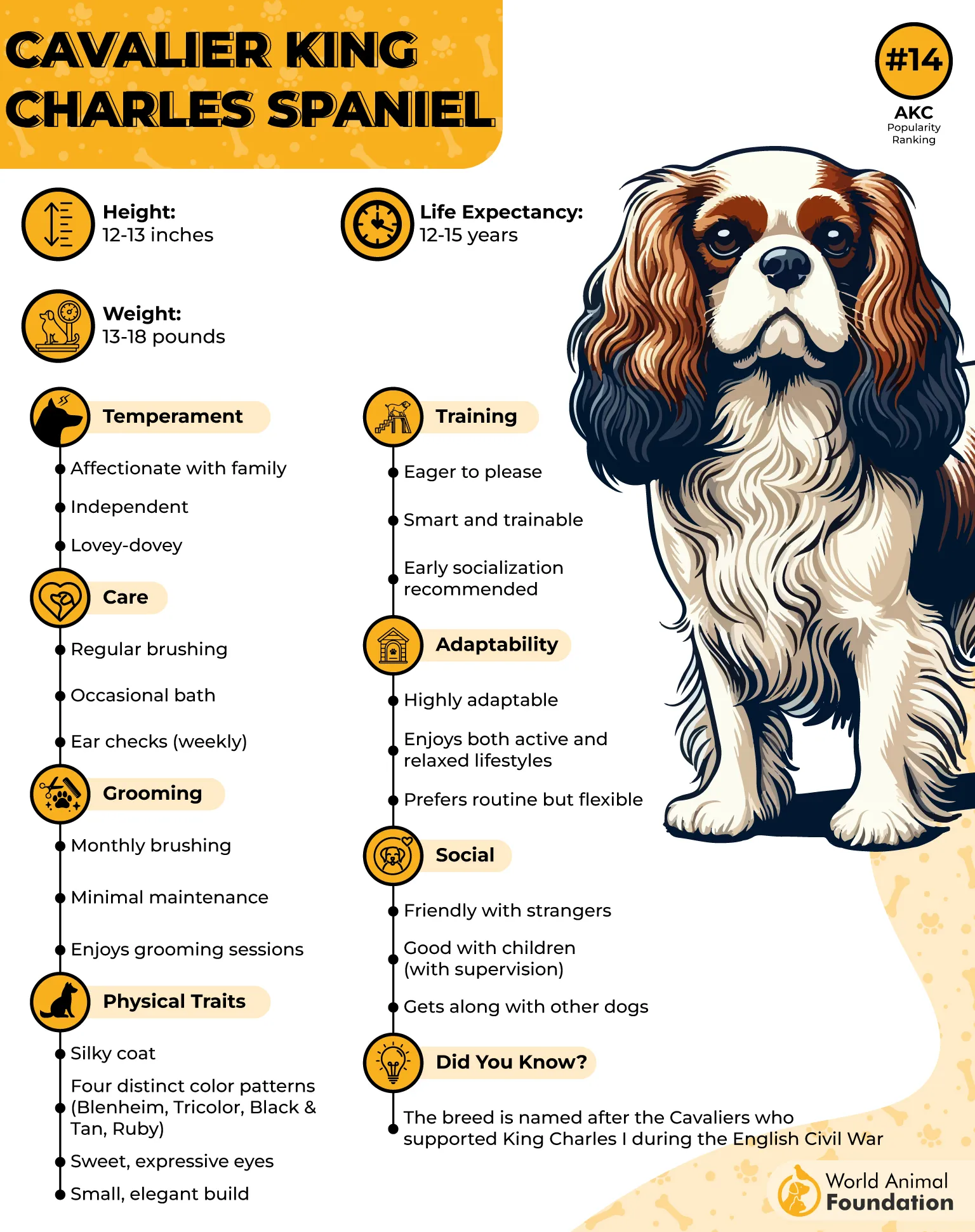
Ideal Owner
The ideal Cavalier owner is someone who adores closeness, because these “velcro dogs” rarely want to leave your side. They’re perfect for people who work from home, retirees, or families who offer plenty of companionship.
Their intuitive nature makes them outstanding therapy dogs, bringing comfort to those who need emotional support. Cavaliers easily adapt to cuddly couch moments or calm evening strolls, making them well-suited for owners with a soft, affectionate lifestyle.
Fun Fact: U.S. President Ronald Reagan gifted his wife, Nancy, a Cavalier named Rex, who later turned on the White House Christmas lights in 1985.
7. Australian Shepherd
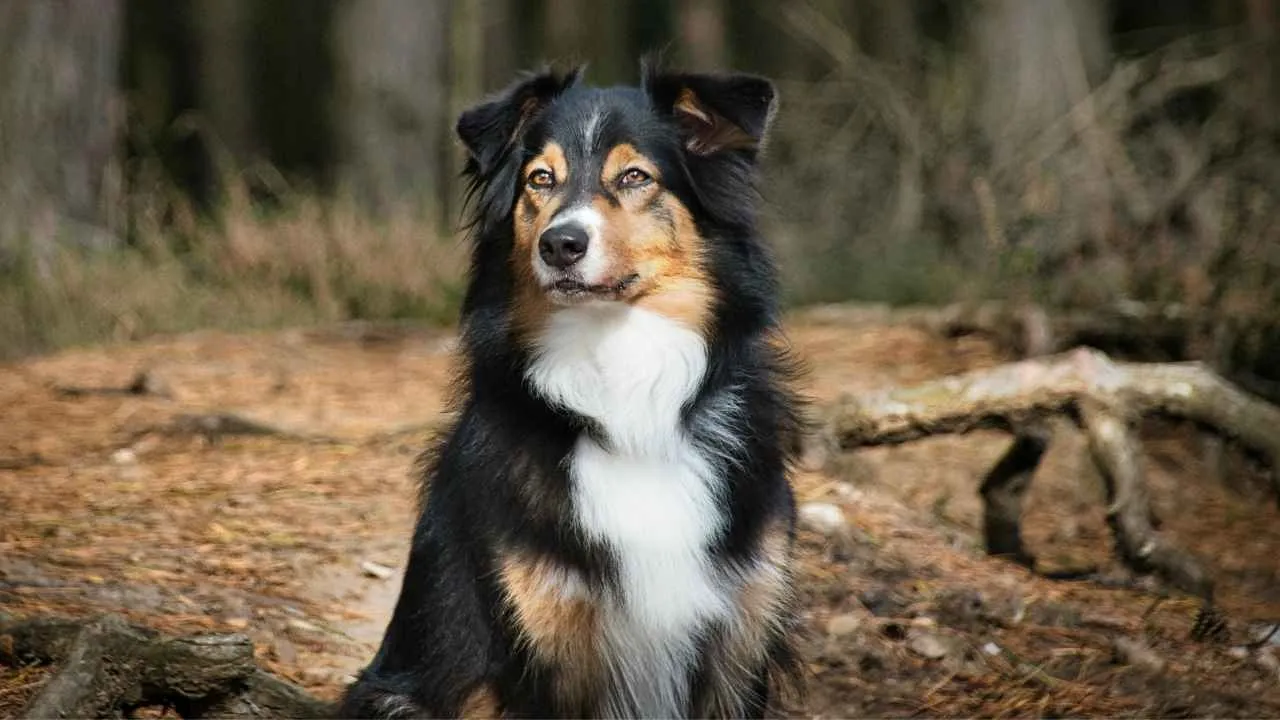
The Australian Shepherd, affectionately called the Aussie, also goes by names like Spanish Shepherd, Pastor Dog, Bob-Tail, and California Shepherd. Despite the name, the breed emerged in the western United States in the late 1800s, shaped largely by British herding dogs and Basque influences.
Standing 18–23 inches tall and weighing 40–65 pounds, Aussies are muscular, agile, and unmistakable with their striking coats—ranging from black to blue or red merle—and their expressive eyes, which can be brown, amber, blue, or even two different colors.
With a life span of 12–15 years and a role in the herding group, these dogs are both hardworking and deeply attuned to human routines, often mirroring the energy of their owners.

Ideal Owner
The Australian Shepherd thrives with someone who values outdoor adventures and engaging activities. Active individuals—whether hikers, runners, or hobby farmers—will find the Aussie an eager partner.
Their intelligence and sensitivity mean they flourish in homes where mental stimulation, consistent training, and companionship are daily priorities. Families who can match their zest for life and include them in regular interaction are the perfect fit.
Fun Fact: Aussies are so closely tied to cowboy culture that they became a staple at rodeos, showcasing their herding skills alongside ranch hands.
Conclusion
Yawning might seem like a simple reflex, but research shows it can reveal fascinating things about how dogs connect with us. Studies by animal behavior researchers at Duke University suggest that some dogs yawn contagiously when their humans do, a subtle sign of how emotionally connected they are. This shared response is more than mimicry—it reflects trust, bonding, and even shifts in brain chemistry that mirror human empathy.
Of course, yawning in dogs isn’t always about empathy. Sometimes it’s a calming signal, a way of expressing stress, or even linked to an underlying health issue if yawns become frequent. Observing their other body language alongside yawning—the tilt of their head, the droop of their ears—can help owners better interpret these moments.
Whether you try a playful yawn test with your pup or compare their reactions to other animals and other dogs, one thing is certain: those sleepy stretches reveal more about your dog’s heart than you might think.


